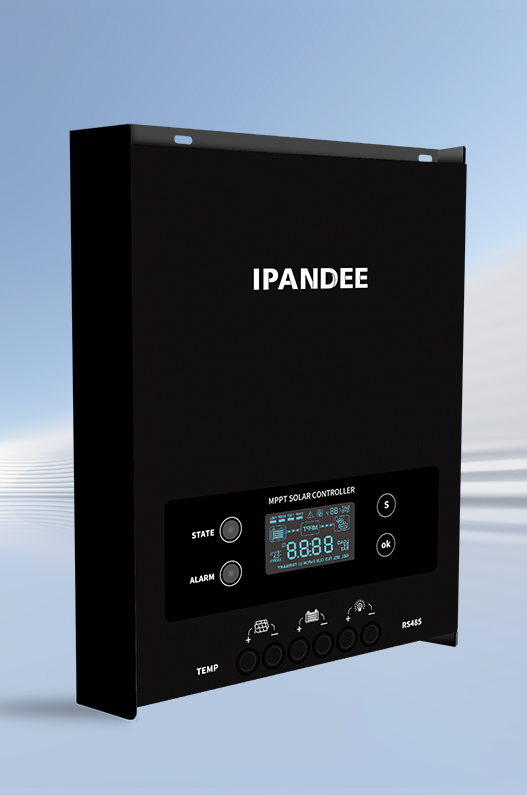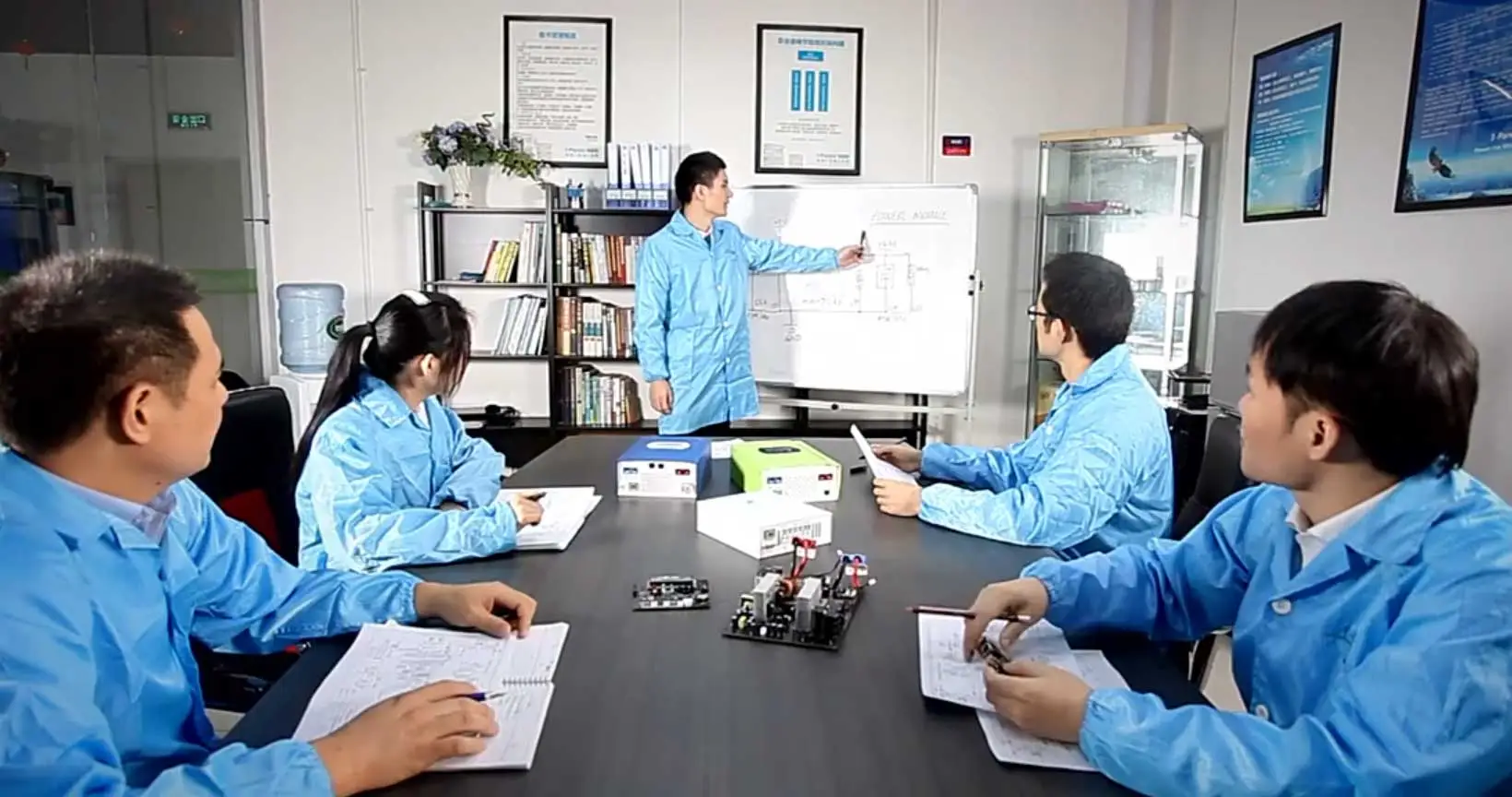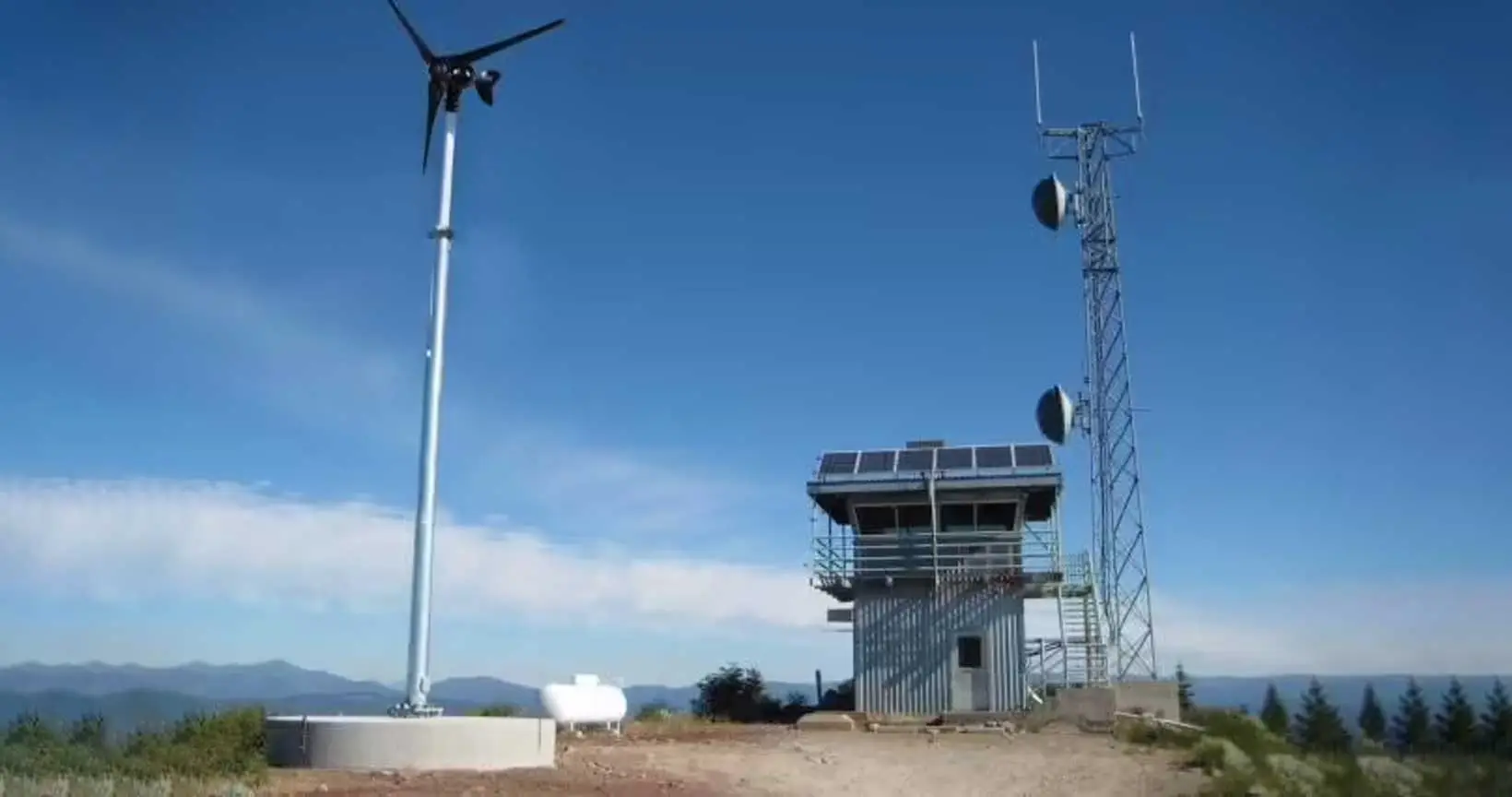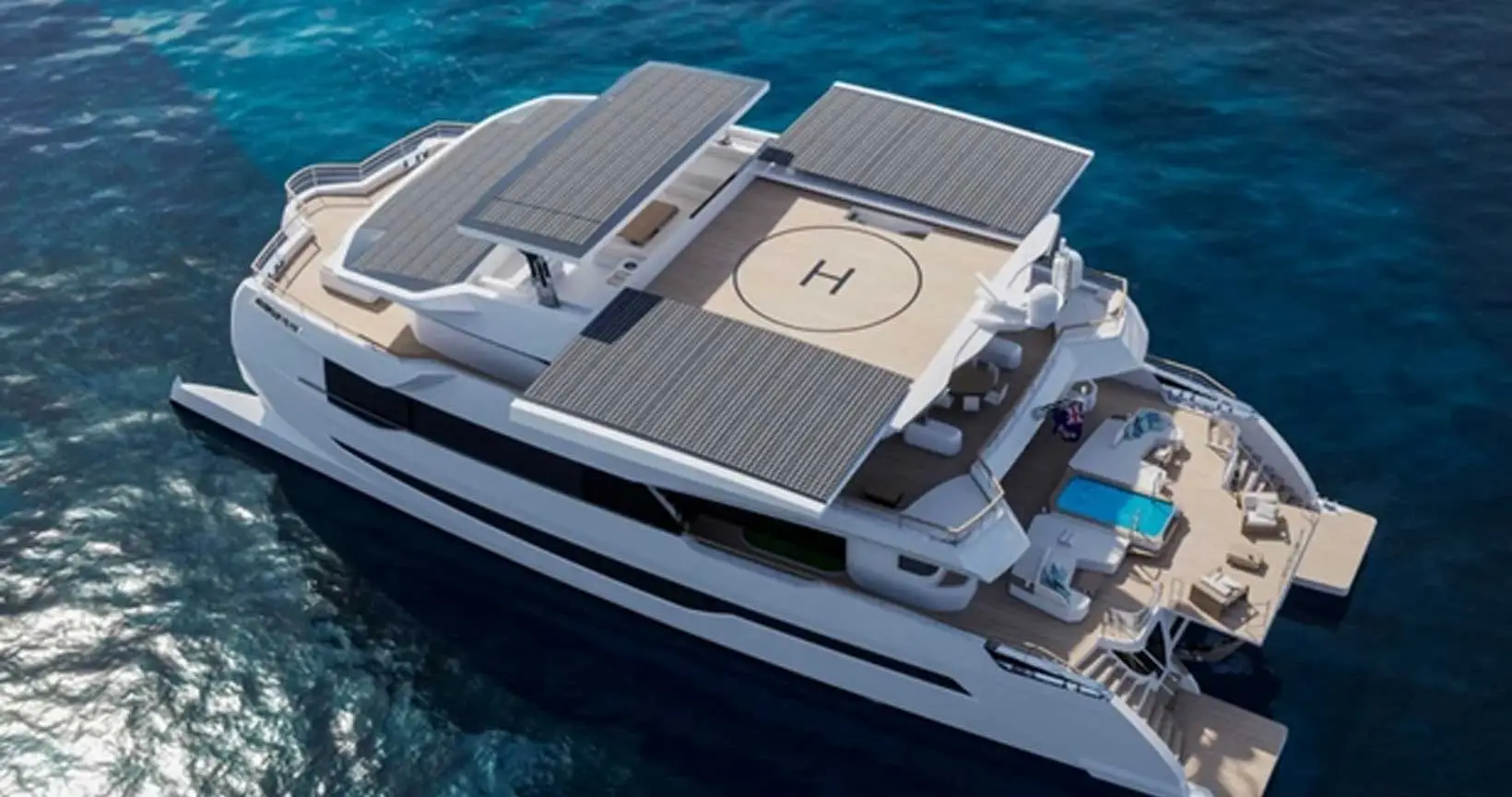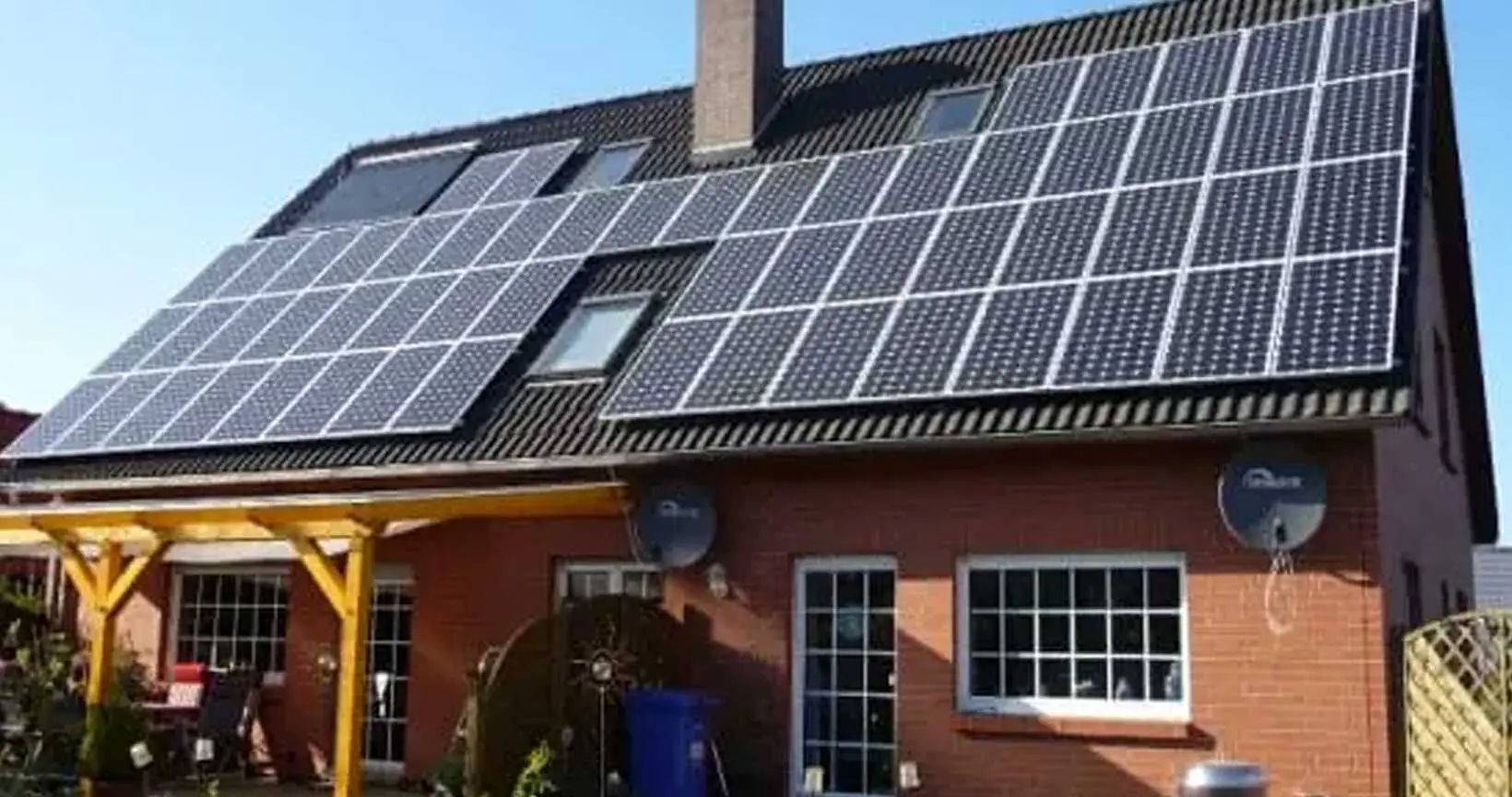To charge the battery, the output voltage of the solar panel must be higher than the current voltage of the battery, if the voltage of the solar panel is lower than the voltage of the battery, the output current will be close to 0. Therefore, for safety reasons, when the solar panel is manufactured, the peak voltage (Vpp) of the solar panel is about 17V, which is set based on the standard when the ambient temperature is 25°C. When the weather is very hot, the peak voltage Vpp of the solar panel will drop to about 15V, but in cold weather, the peak voltage Vpp of the solar energy can reach 18V.
Let's go back and compare the difference between MPPT solar controller and traditional solar controller. The traditional solar charge and discharge controller is a bit like a manual gearbox. When the engine speed increases, if the gear of the gearbox is not increased accordingly, it will inevitably affect the speed of the vehicle. But for the MPPT solar controller, the charging parameters are set before leaving the factory, that is to say, the MPPT controller will track the maximum power point in the solar panel in real time to exert the maximum effect of the solar panel. The higher the voltage, the more power can be output through maximum power tracking, which improves the charging efficiency. In theory, the solar power generation system using MPPT controller will increase the efficiency by 50% compared with the traditional one, but according to our actual test, due to the influence of the surrounding environment and various energy losses, the final efficiency can also be increased by 20%-30% .
 English
English  한국어
한국어  français
français  Deutsch
Deutsch  Español
Español  italiano
italiano  русский
русский  português
português  العربية
العربية  tiếng việt
tiếng việt  ไทย
ไทย  Polska
Polska  中文
中文




